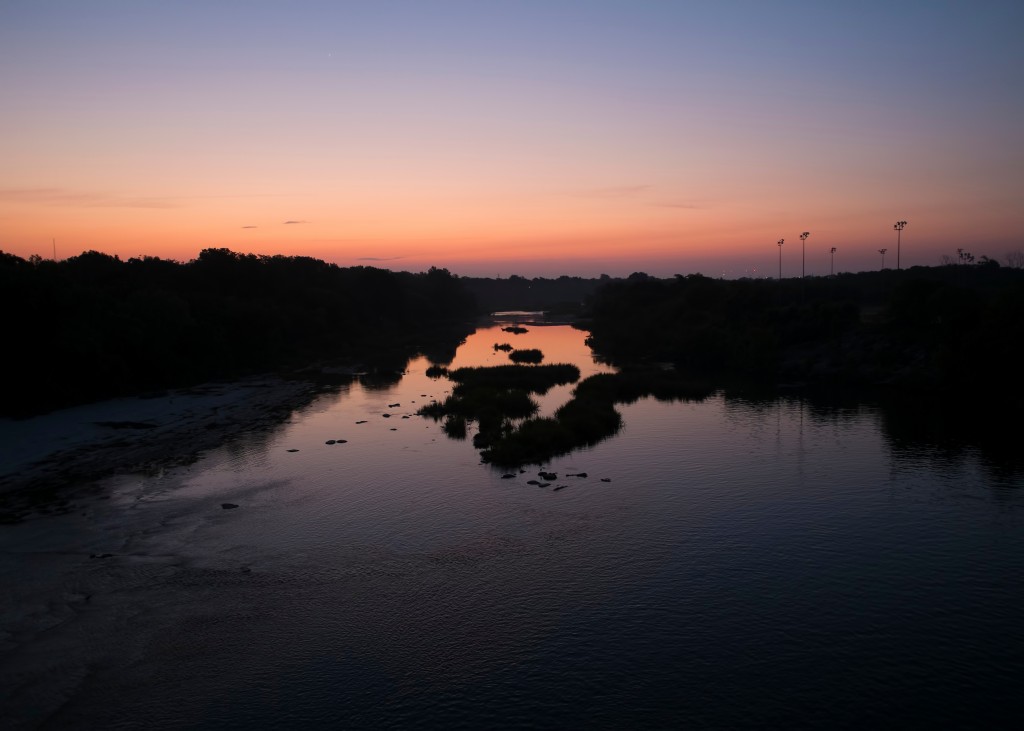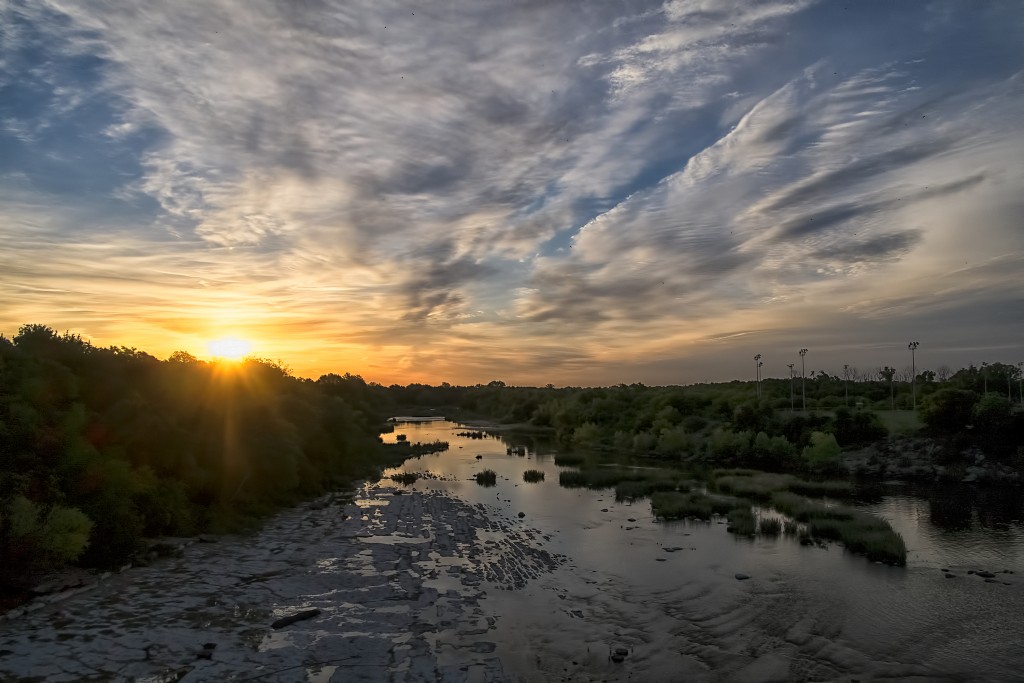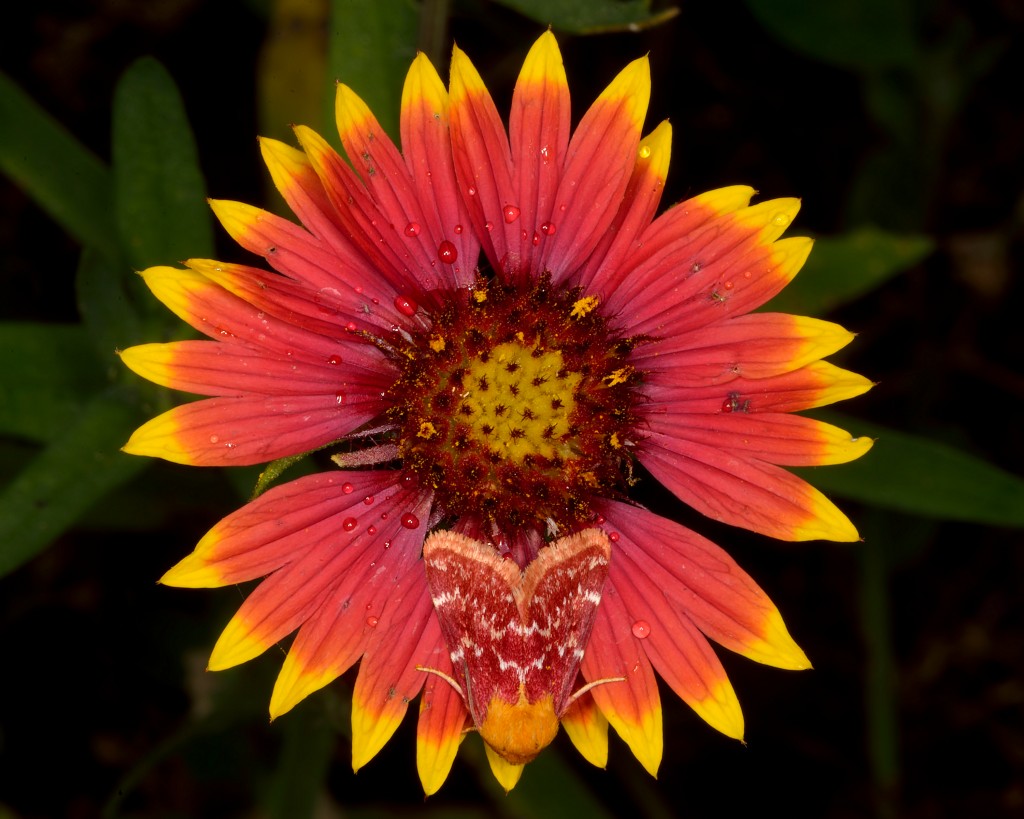
What is a theme? A theme to me should be the same as to you. An interpretive theme doesn’t differ from a literary theme. There is no need for a new definition of an age-old (Aristotelian) literary concept.
The theme is the main idea or underlying message of a literary work. The theme is a tool that unifies the various elements of the book or essay. A literary work can have more than one theme, although there is often a single theme that underlies the work.
The theme, more importantly, is a central insight that the author provides through his or her writing. A theme is revelatory. In our case, the theme is the central insight (or insights) that the interpreter provides through their interpretation. The most powerful themes are those with insights into the human condition. In other words, the theme of an interpretive walk, if lucky, offers insight not only into nature but into the human experience, as well.
Let’s use my hike along the trail from my previous article as an example. If you remember, I start themelessly. The only sideboards that I place on my interpretation is the trail itself (a thing, not a meaning). The trail and its inhabitants are the subject, not the theme.
I am interested in interpreting what I see and experience. But, walking the trail and simply identifying the flora and fauna offers no insight either into this natural system or into our role within this system. This is guiding, not interpretation. This is information, not revelation.
Field guides, as an example, rarely offer meanings. Field guides are useful tools in identifying things (birds, Civil War weaponry, roadkill) and thus contribute to the overall knowledge that is a necessary part of interpretation. But, being able to tell warblers apart by their tail spots isn’t interpretation in its own right. This is guiding, begging for interpretation. This is information, begging for revelation.
At the start of our walk, I notice a black-and-yellow lichen moth, a highly specialized species. If need be, I could use a field guide to identify the moth. Once I know its identity, I am ready to consider how it will serve my interpretive needs.
I decide that the moth and its dependence on lichen can serve as a motif for the remainder of the walk (think about the simple motif that Ravel uses in Bolero). Specialization restates itself with other species such as the poison-ivy sawfly and the Hercules club beetle. These species become the repeated motif within my theme of specialization.
But, of course, a guerrilla interpreter doesn’t stop with specialization in insects. That theme is too limiting, too restrictive, too shallow. I extend that theme to one that is universal. My theme focuses the walk on the rewards of specialization and its risks within a changing world. In other words, I extend the theme to include the human experience.
I am not finished, though. As I mentioned in the article, there is a take away, a conservation message, that will serve as a coda. A diverse ecosystem supports diverse wildlife. Without the lichen, there is no lichen moth.
I could, in the same talk, note that a diverse economy provides employment opportunities for a diverse population, as well. But, the interpreter’s role is not to spoon-feed meanings. As I said in the previous article, we plow the ground where a visitor’s own ideas and revelations can be nurtured. In this case, I will leave the visitor with a clear understanding of the relationship between rich and diverse habitats and biodiversity, and let them explore the universality of this simple message.
My theme focuses the walk on the rewards of specialization and its risks within a changing world. In other words, I extend the theme to include the human experience.
Of course, I could write this out in advance. But why? What if I don’t see the black-and-yellow lichen moth at the beginning of the walk? What if I see the Indian blanket moth instead? If I see the Indian blanket moth first, I will allow that moment of opportunity to introduce an entirely different underlying message, that of the advantages and risks of blending into your environment.
Prescripted interpretation for the trail would need to rise above these unexpected opportunities. Such a plan would need to be organized around a more general theme (“an interpretive trail offers diverse opportunities for understanding the natural world”, or some similarly tasteless, textureless pablum). Since we are engaged in in situ interpretation, I would want to be sure that what I am interpreting is actually “in situ.” Otherwise, I am left interpreting a ghost, a figment, rather than a thing.
Are there advantages to the extemporaneous approach? Absolutely. For the interpreter, every day starts with a clean slate. Nature (or whatever the subjects might be) offers the cues, and challenges the interpreter to take the audience to places they, as well as the interpreter, have never been before. I will argue that the process is exhilarating to the audience, as well as the performer (the interpreter). This is walking the interpretive tightrope without a net.
Is this a better methodology? No. As I said in my article, the extemporaneous approach, an element of guerrilla interpretation, isn’t for everyone. You need to have the chops.
What does it take to master interpretation? You must be knowledgeable (about the profession as well as about the subject). You must be skilled (presentation, design, illustration, etc.). And, you must be creative. If the theme of a walk is its central insight, then give us a view that is new. Give us a revelation (didn’t Tilden say something to the effect that interpretation is revelation based upon information.)
I cannot think of a better way to exploit Tilden’s first principle – Any interpretation that does not somehow relate what is being displayed or being described to something within the personality or experience of the visitor will be sterile. Use what is at hand (the black-and-yellow lichen moth), and then embed that motif within a universal theme (the risks and rewards of specialization in a rapidly changing world).
And, of course, do all of this on the fly. Go guerrilla.







